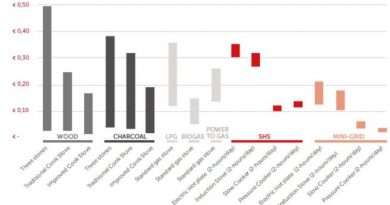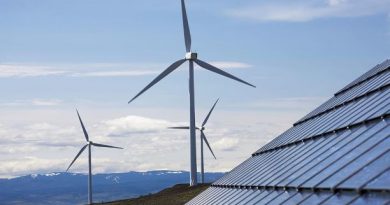India Ready to Explore its Offshore Wind Capabilities

Offshore wind turbines harness sea winds to generate power. They work in the same way as an onshore wind turbine, the only difference being that in offshore wind, turbines can be either installed on a permanent foundation attached to the seabed or on a floating base anchored to the seabed. Offshore wind has several benefits, including- high wind speeds, no land requirement, high energy production, lesser transmission costs.
In India, offshore wind is still at its infancy, both from a technological point of view and in terms of capacities of relevant stakeholders. However, given India’s coastline of 7,600 km, the country has a massive potential of about 127 GW of offshore wind power. The Government has identified coasts of Tamil Nadu, Gujarat, and Maharashtra as potential destinations for offshore wind projects in the country.
In June 2018, the Ministry of New and Renewable Energy (MNRE) announced medium and long-term offshore wind energy targets of 5 GW by 2022 and 30 GW by 2030, respectively. MNRE also released an Expression of Interest (EOI) to set up a 1 GW offshore wind farm off the coast of Gujarat. The response was overwhelming, with 34 Indian and International players submitting the EOI.
Although the market potential of offshore wind energy looks promising, the offshore wind deployment for countries like India is yet to take off. It is critical to understand all the associated technical, regulatory, and operational challenges. Some of them include:
- The foundation and installation costs of the offshore wind in India is likely to be on the higher side because of lack of installation and support vessels, lack of local sub-structure manufactures, and lack of trained workforce.
- High capital cost leads to higher tariffs as compared to present onshore wind rates. For the offshore wind in India, tariffs are expected to be in the range of Rs 7- 9 per unit as compared to the prevailing rate of Rs 2.8- 2.9 per unit for the onshore wind.
- Lack of availability of historical technical data: The historical data, including resource map and bathymetric data (information about the sea depth at various positions), is essential for the identification of suitable wind turbine locations, designing wind turbine foundations, and estimation of energy production. Lack of availability of such historical technical data for India can lead to
- The list of Central Government Ministries/ Departments which are likely to be involved in the process of granting clearances for offshore wind power projects in India is quite exhaustive. This might hold up the approvals and eventually lead to overall project delays and cost overruns.
The study concludes by stating that even though the challenges are many, India’s political will of self-reliance towards energy security backed with relevant policy, regulatory, financial, and technological support provides a unique opportunity to harness this unexplored market.
Published with permission from saurenergy.com




